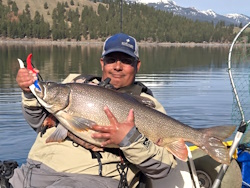|
by rogerdodger
[November 17, 2025, 05:37:55 PM]
by SD2OR
[October 31, 2025, 03:49:10 PM]
by Captain Doko
[October 24, 2025, 06:43:12 PM]
by Shin09
[October 14, 2025, 10:14:18 AM]
by [WR]
[October 12, 2025, 11:41:58 PM]
by [WR]
[October 12, 2025, 11:37:09 PM]
by Captain Doko
[October 01, 2025, 04:23:31 PM]
by Zach.Dennis
[September 23, 2025, 01:30:32 PM]
by Zach.Dennis
[September 23, 2025, 01:29:36 PM]
by rogerdodger
[September 20, 2025, 02:16:06 PM]
by rogerdodger
[September 19, 2025, 06:43:49 PM]
by Nobaddays
[September 16, 2025, 09:06:41 PM]
by rogerdodger
[September 13, 2025, 04:55:06 PM]
by Drifter2007
[September 08, 2025, 08:30:37 PM]
by rogerdodger
[September 04, 2025, 03:31:25 PM]
 Guess who's back? jed with a spring Big Mack |


 Welcome, Guest. Please
Welcome, Guest. Please  November 20, 2025, 03:44:14 AM
November 20, 2025, 03:44:14 AM